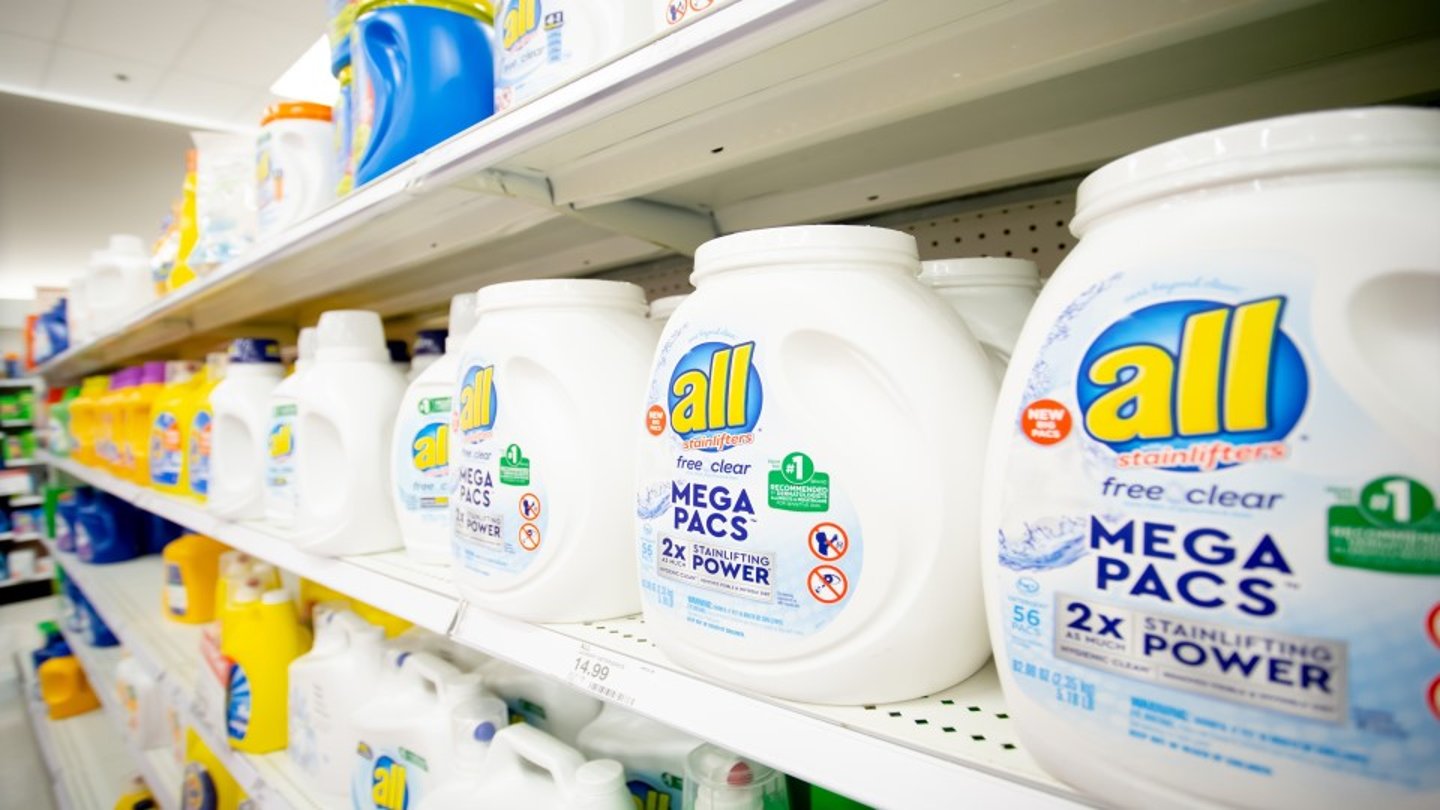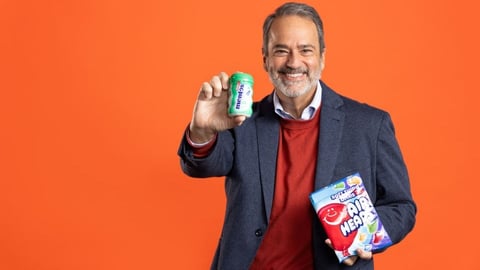Henkel Is Tackling ‘More Than 800 Projects’ as Part of Its Supply Chain Optimization
Henkel says it’s making strides in its supply chain optimization strategy, a core component of the company’s 2022 large-scale merging of two consumer brands.
As part of its goal to build a single multi-category platform that combines its consumer brands and businesses, Henkel is streamlining supply chain operations, cutting back some areas to realize profits while doubling down on investments in other components of the supply chain.
In total so far, said CEO Carsten Knobel during a recent call with investors, Henkel has launched more than 800 projects as part of the effort, which includes “optimization of our supply chain network, the commercial integration, and operational excellence.”
The company has been following a 1-1-1 approach (one order, one shipment, one invoice) in seven countries so far, expected to realize $271 million in net savings by 2026 (an increase from the $162 million initially projected). The global rollout of this initiative is expected to be completed by 2025.
“As a prerequisite, this, of course, requires the harmonization of systems and logistical processes which is well on track,” said Knobel.
Streamlining Operations for Balanced Growth
Consolidation has been a key strategy as Henkel looks to respond to portfolio shifts as part of the merger.
For example, the company consolidated logistics operations in North America while optimizing production efforts in areas like Europe, North America, Latin America, and EMEA. Additionally, it insourced manufacturing contracts for the company’s hair segment in North America, as well as launched a coloration hub in Latin America.
Several pilot programs across larger production sites in the U.S. and Germany proved successful, the company reported, resulting in reduced logistic costs, improved productivity, and the rollout of flex shift models to elevate workforce efficiency.
“It goes without saying that this is a huge task for the entire team, but the progress we have already made so far — the fact that we are ahead of plan plus the positive outcome already reflected in our financials — are altogether strong proof points that the strategy is clearly bearing fruit and we are not at the end of this road yet,” said Knobel.
While phase two of the company’s merger has been focused on supply chain, the company has also set its sights on several organizational changes, looking to eliminate more than 2,000 positions to optimize efforts and achieve accelerated growth.
A slimming down of the company’s portfolio is part of the larger plans as well, with the number of SKUs already reduced by a double-digit percentage rate, according to Henkel. $705 million in sales have already either been divested or discontinued.
“While we initially had expected to achieve a total of around $434 million in net savings by 2026, we now expect to achieve approximately $570 million,” said Knobel of the overall integration process.
More From Henkel: Tech-Powered Optimization
A new Battery Engineering Center for Adhesive Technologies in Germany taps digital twins to simulate performance of its solutions under various conditions.
“These can be validated through real-life stress tests, ensuring both the reliability of our data and the efficacy of our solutions,” said Knobel.
Adhesive Technologies is also leveraging artificial intelligence to optimize the formulation of properties.
“Automizing and digitalization global labs clearly increases the speed and also the impact of innovation,” he said.
The company also has new R&D center in Shanghai for its consumer brands business, and according to Knobel, it will help foster agile product innovation, taking into account consumer trends across 11 markets in Asia.






